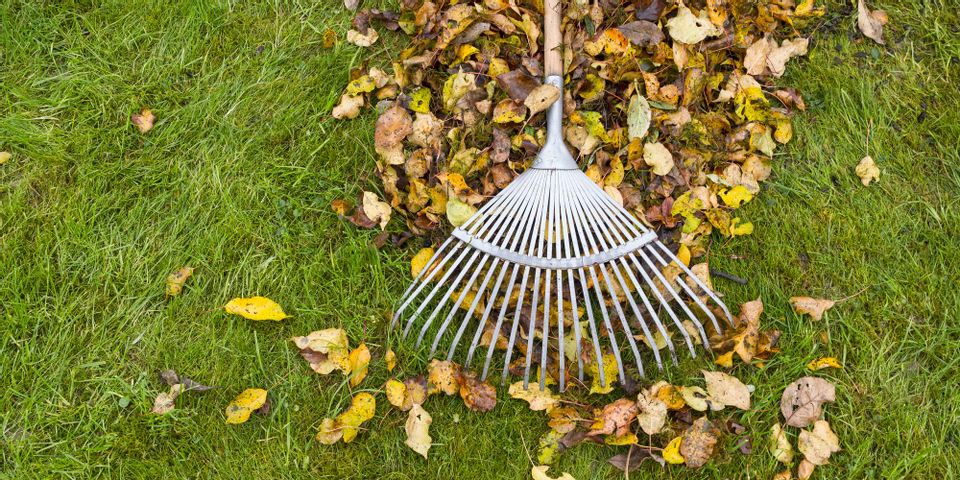5 Lawn Winterization Tips

As the temperature gets colder, you might not give your lawn much thought. However, freezing temperatures can be tough on your grass. If you take the time for lawn winterization, your grass will be in better condition in the spring.
How to Prepare Your Lawn for Winter
1. Remove Leaves
If you haven’t raked the leaves off your lawn, you should do so soon. Leaves might seem harmless, but they could suffocate your grass and make it more susceptible to disease. Remove leaves promptly, or once every few weeks. At a minimum, you should ensure the lawn is clear before the first snowfall.
2. Cut the Grass
 During the fall, mow the grass at least once every two weeks until the final leaves have fallen. Cutting the grass will keep it at a healthy height and protect it against fungi and bacteria.
During the fall, mow the grass at least once every two weeks until the final leaves have fallen. Cutting the grass will keep it at a healthy height and protect it against fungi and bacteria.
3. Remember to Fertilize
Apply fertilizer for proper lawn winterization. Fertilizer will provide your grass with the nutrients it needs to stay healthy and strong. When spring comes, you can enjoy a green and lush lawn.
4. Stay Off the Lawn
In the wintertime, walk on your lawn as seldom as possible. Too much traffic can weaken the grass and cause dead spots, which will make the color of your lawn uneven come spring.
5. Check for Stagnant Water
Stagnant water is a breeding ground for mosquitoes during the winter. Check garden pots, flowerbeds, and rainwater barrels for standing water. By removing the water, you’ll have fewer mosquitoes in the spring.
If you’d like to learn more about lawn winterization, turn to the professionals at Maxum Irrigation in Waterford, CT. The lawn irrigation service has been designing and installing efficient watering systems for both commercial and residential clients for over 17 years. They work with the best products in the industry and are dedicated to meeting their clients’ needs. If you’d like more information about their irrigation services, call (860) 525-7000 or visit their website.
About the Business
Have a question? Ask the experts!
Send your question

